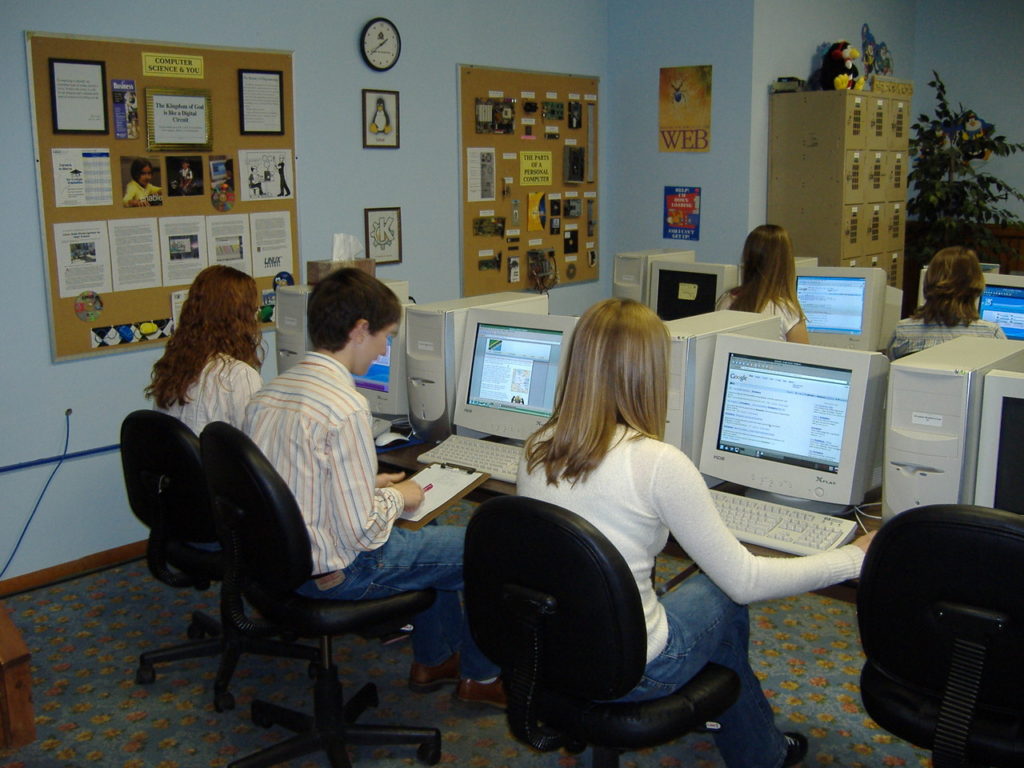
Nowadays, the Internet plays an important role in our everyday lives, especially for the kids. They use the internet to finish their school project, communicate with other kids and teachers and play online games. Children can easily access the Internet by just swiping their device.
However, browsing on the internet without their parent’s supervision can badly affect children. For instance, a five-year-old wants to search for “number six”, but accidentally pressed the wrong key and the entered word become “sex”, the kid will possibly be directed to a website that contains pornographic material.
On the other hand, monitoring your children safety whenever they are browsing the internet is important. Parents need to know and follow these tips in order to monitor and secure their child’s safety whenever they are browsing the internet.
CLICK LINKS WITH CAREFULNESS
Phishing is very dangerous. Once you accidentally click a malicious software, it can damage your devices and cause chaos. You can help your child by advising them not to click links found in emails automatically. Teach them how to check if the links have a trustworthy address by placing the mouse cursor on the link.
A phishing email consists of threatening messages, spelling mistakes and strange emails from famous companies, these threats can install a virus on your device.
DON’T SHARE PASSWORD
Everyone knows that securing our passwords is very important, but children don’t. According to research, almost 76% of the whole population share their passwords without thinking that all of their information will be revealed to the world.
Teaching children how to protect their personal accounts is very significant. By advising them to create a password, explain, that it should contain numbers, symbols, lowercase and uppercase and consists of ten characters. In addition, do not use similar passwords for different accounts.
DO NOT LEAVE DEVICE UNATTENDED
Tablets, laptops, and smartphones have an acceptable value. Moreover, cybercriminals are making cash by stealing information like addresses, passwords, birth dates, full name and different ID numbers. As a result, you are a victim of identity theft.
Nowadays, cybercriminals tend to target children since this information is found on their account. This should be a warning for all parents so that they need to warn their children not to include all their personal data when creating an account.
BE A RESPECTABLE ONLINE CITIZEN
The Internet is endless. Everything stated online remains online, even a single word can’t be deleted. On the other hand, many people use internet to bully other people. It means parents should teach their children to exercise online manners and don’t ever mention a word that might affect other people. Don’t allow them to participate in destructive posts, instead teach them to behave properly.
Now parents are totally aware of how to monitor their child’s safety. Teaching and helping them how to set up their first email is important. On the other hand, it is a reminder for all parents, you should install a spam filter, so your kid will not receive spam into his email account.
What is a spam filter? Many of us are not familiar about the term spam filter. It is a program that can detect unwanted and unsolicited email and avoid those emails to enter user’s inbox.
But before setting up a child’s first email account, parents have to discuss the danger of having an email and ensure that you know their password, so that you will be able to monitor their messages.
Here are the steps on how to make your child’s first account
First Step. When creating a new account, using your child’s actual name is applicable because this account can still be used in the future. But for better protection, you can use code names and most importantly, don’t include their correct gender and birth date.
Second Step. Don’t put a profile picture on your child’s account, since you are just creating this for family communication.
Third Step. Once you already created your child’s account, creating a filter is very important. This can be done under the Settings option. After creating, you can now add link address which contains materials suitable for children and delete the link address that has inappropriate materials.
Email accounts help children to build a strong relationship with their parents, especially when they are working abroad. At school, ten-years-old students are asked to create their first account with their teacher’s guidance, without informing the parents. However, some parents feel upset and according to them, this is not the correct age, for kids to have their own account. For security measures it’s best advised, that children should be at least 13 years old above before they can use their first e-mail.


